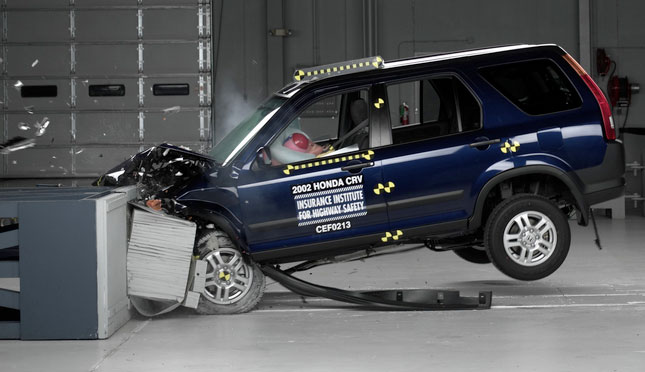While many people seek out four-wheel-drive vehicles for peace of mind while navigating back roads or snowy conditions, these capable trucks and SUVs can go much further than that. Whether you’re shopping for a 4-wheel-drive vehicle or looking to take advantage of one you already own, this Beginners Guide to Off-Roading can help you dip a toe into the world of off-road exploration and recreational driving. Below you’ll find tips, tricks, and ideas to start realizing your vehicle’s off-road potential.

Know your vehicle:
Do you already own a truck or SUV that you think is capable of off-road travel? Research the specifications of your vehicle’s model year and trim level to learn if it’s properly equipped to take on the trails. Depending on your vehicle, you may want to consider making modifications such as bigger tires, vehicle lift, and underbody skid plates. An added bonus of taking your truck or SUV into the shop for these modifications is the input you can get from a professional mechanic about what your vehicle needs to be truly off-road ready. Look for a shop that specializes in your vehicle’s make for a trust-worthy opinion.
Shop around:
If you’re shopping for a new vehicle and want to invest in something you can take on trails, look for models and trims that are off-road oriented. Experts at Kindle Dodge, a Dodge Chrysler and Jeep dealer in Cape May County, New Jersey, recommend that buyers who are considering going off road look at Jeep’s Trailhawk trim, offered on the Cherokee, Grand Cherokee, Renegade and All-New Compass. Trailhawk Jeeps are trail-rated, and come equipped with rugged 4WD systems, underbody skid plates, tow hooks and more. Those who would prefer a truck can check out the RAM 2500 Power Wagon, which earns off-road credibility with standard all-terrain tires, gas-charged monotube shocks, an electronically disconnecting front stabilizer bar and more.
Know the lingo:
There are a lot of special terms and jargon that go along with off-roading. Becoming familiar with terms like the ones below can help you understand the technical aspects of the pastime.
- Locking differential (diff lock): Allows the driver to control the speed of each wheel, which is essential for getting your vehicle out of a place where it is stuck.
- 4WD High vs Low: The gear ratio of a vehicle’s four-wheel-drive should be changed to suit the circumstances. 4WD High allows for a higher top speed and is good for daily driving and maintaining momentum off-road. 4WD Low, meanwhile, provides more torque, which is preferable for crawling over rugged, rocky surfaces and getting un-stuck.
- Approach angle: A vehicle’s approach angle is the maximum angle of incline that a vehicle can ascend or descend without any part of the body touching the ground.
Find a community:
Your best resource for learning about off-roading is going to be people with experience. Online forums can offer a place to ask questions and get personal responses, and vehicles manufacturers often hold events and expositions where you can meet experts face to face. Local clubs and groups also exist all around the country, and offer an array of membership perks like training runs, discounts of sponsored products, and access to private land with trails and tracks. Meeting off-roaders from your own area is also a great way to find other people to off-road with, and to get advice and input on your local trails that you won’t be able to find anywhere else.
Get out there:
Doing your homework is important, but at the end of the day, the real teacher is experience. Nothing can make you a skilled off-road driver except practice. Do some research about trails and parks near you, gather up a few of your friends and head out on your first off-roading adventure. If you can, bring along someone with off-road experience, or find a private facility with beginner trails. Good luck, stay safe, and have fun!








